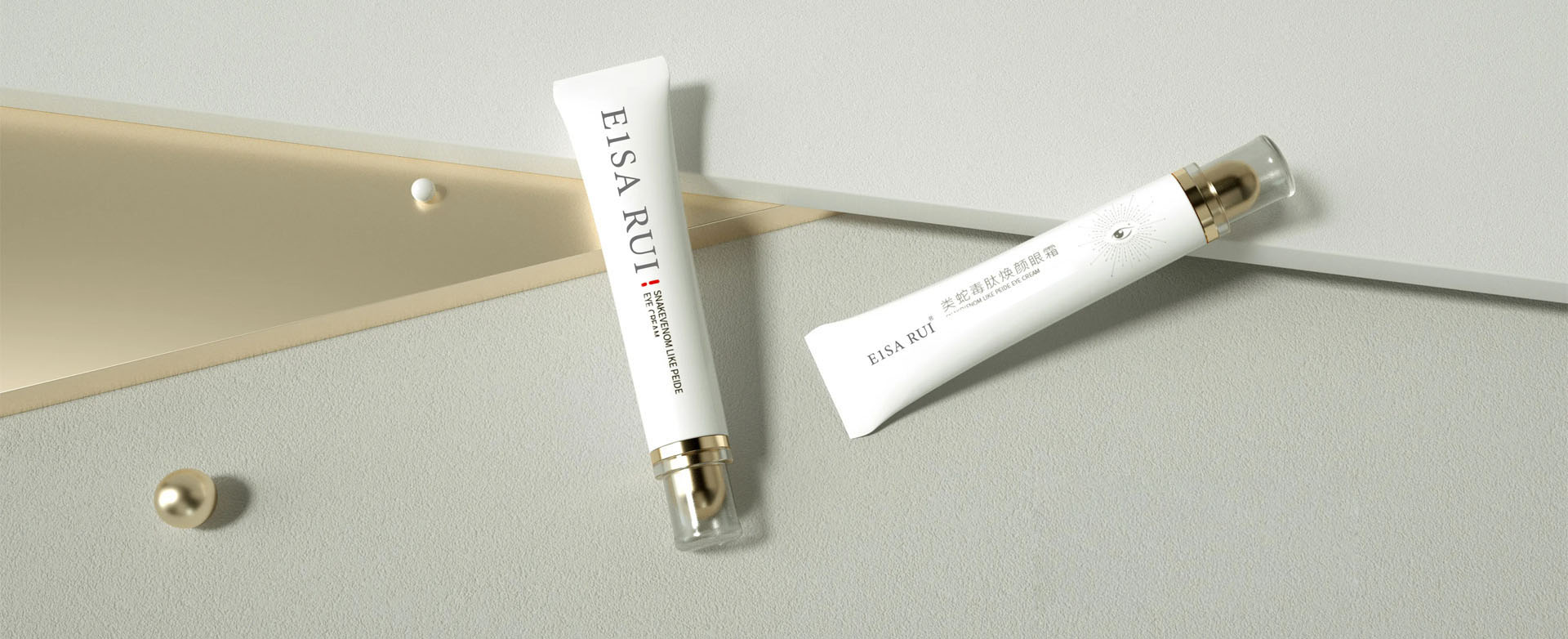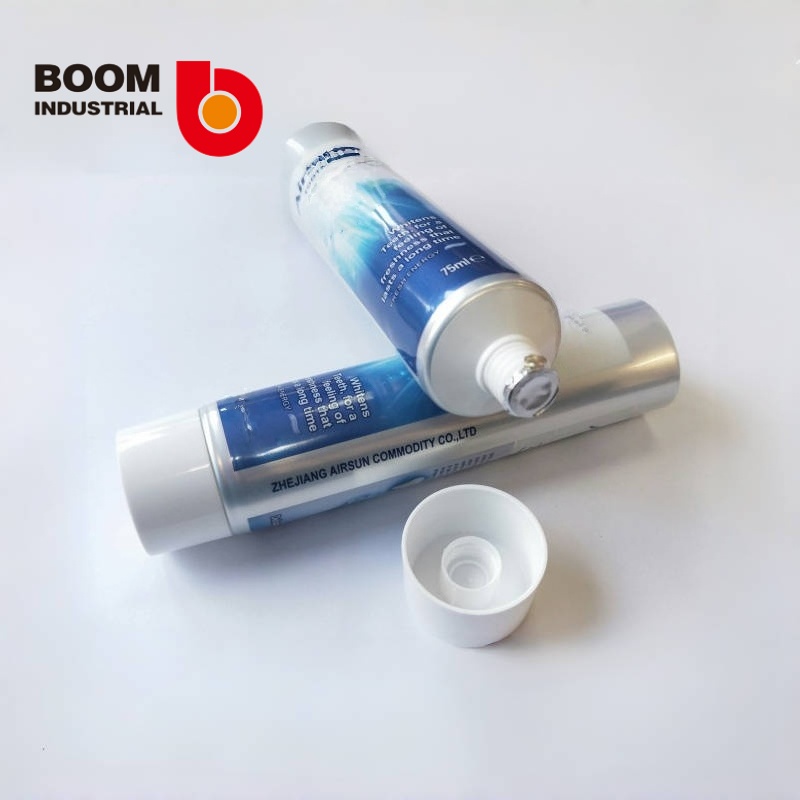As a beauty brand owner, you know reliable packaging is almost everything for your brand. Using poor packaging is a dealbreaker, while suitable packaging lifts your brand. This is why cosmetic brands favor the cosmetic tubes compared to their counterparts.
However, these sturdy and flexible tubes don’t just happen. They result from a manufacturing journey full of details and secrets. Cosmetic tubes come from raw materials, such as plastics or metals. These materials are melted, molded and customized with innovation and precision to reflect your brand’s image.
Ready to go beyond the scenes? Let’s dive deep into the process of cosmetic tube manufacturing.
What are cosmetic tubes?
Cosmetic tubes are a type of cosmetic packaging that has been around for a long time. As the name suggests, they are cylindrical containers that host various products. They can accommodate thick and water-based products. You can use them for pastes, creams, lotions, serums, and gels.
Beauty brands and consumers prefer these tubes due to their versatility, formula protection, portability, usability, and affordability. Moreover, these tubes present suitable dispensing solutions that eliminate product waste.
Cometic tubes come in many designs and shapes, such as twist tubes for lipsticks and balms. There are also airless tubes that offer improved anti-contamination protection. However, the most common type is squeeze tubes. These are flexible containers, and many of them may come with applicators to improve functionality.
Historic Overview of Cosmetic Tubes
Before the spread of the cosmetic tubes’ manufacturing process, their early versions appeared in the late 1800s. Back then, personal care brands used these tubes for toothpaste. Originally, they were made of aluminum, but integrating high-quality plastics in the packaging industry changed the situation. Plastic cosmetic tubes made their debut in the scene during the 1950s.
Cosmetic Tube Manufacturing Process
The manufacturing process of cosmetic tubes has multiple steps. It also takes different equipment and preparations depending on the material. The unique formation and properties of each material dictate the manufacturing process. While tubes can be made of aluminum or laminates, plastic tubes are the most common variety.
Plastic Cosmetic Tube Manufacturing Process
The cornerstone in the plastic cosmetic tube manufacturing process is extrusion. Once this step is finished, you can move to the customization and printing phase.
Extrusion
To shape plastic cosmetic tubes, you need an extruder. This machine is designed to melt solid plastics and mix them with color pigments. The extrusion process involves placing plastic resin pellets or flakes inside the machine’s barrel.
During the melting phase, plastic is mixed with the intended color. Then, the melted plastic is pushed through a die, where it gets the desired cylindrical shape. Once the shaping is over, the tubes cool down and solidify before moving on to the next phase.
Cutting and Heading
When the extrusion phase comes to an end, you are left with a long hollow tube. To get the desired length, you need to cut them. Precise cutting follows a specific level of cooling. This means the tube is slightly soft and not entirely solid. At this point, the tubes are easier and cleaner, and more precise to cut. Moreover, this step eliminates contamination caused by unnoticed air bubbles.
Afterwards, the tubes move to the heading form, as they continue to take their final form. They travel to specific molds that shape and compress the head (neck) and shoulders. Then, the tiny tube opening (orifice) is molded into the neck. This procedure facilitates the smooth dispensing of your creams, gels or lotions. Meanwhile, the bottom part (tail) remains open. This open part is essential for efficient filling of your cosmetic tubes.
Threading
This step of the cosmetic tube manufacturing occurs at the same time as heading. In this step, the machine forms and compresses ridges around the tube’s neck. Threading allows the cap or the clouser to fit the neck opening. Moreover, it makes the tube open and close smoothly.
Decoration
This is when all the customization and printing happens. At this point, you can add labels, special designs, and any desired personalization element. You can opt for silk screening or hot stamping. Also, you can use sticky paper labels.
Capping
At this stage, the cosmetic tube manufacturing journey approaches its end. Capping includes adding caps or applicators of different types. For instance, you can choose screw on caps, twist caps, or flip top lids,and airless pump. Also, you can pick applicators, such as brushes for mascaras or lip gloss.
The most common techniques for attaching caps include snapping, or screwing.
To increase the tube’s security and product integrity, you can use advanced seals for the cap. You can pick either tamper evident or child resistant seals as an extra protection layer.
Sealing
Now, the role of the manufacturer is done. You will receive your order of empty and unsealed cosmetic tubes. Once you finish filling your cosmetic tubes with the desired products, you can use heat or ultrasonic sealing to close the tail part. This step ensures that there is not a single hole left open in your tubes.
Why Cosmetic Tubes Matter in the Industry
Cosmetic tubes combine various benefits that barely any other packaging provides. These tubes can add the following benefits to your business:
1. Affordable Packaging Solution
Most types of cosmetic tubes are lightweight and portable. This makes their production, bulk purchase, and shipping costs affordable.
2. Great Functionality
For cosmetic packaging, cosmetic tubes are the wild card. You can use them to contain and apply an extensive range of products with different formulas and thicknesses. They work well with liquids, such as serums, and thick substances like creams.
3. Product Preservation
Regardless of your product’s nature, you need them well-kept. Many cosmetic tubes come with different protection options, including protective barriers, airtight closures, and opaque colors. Compared to many other packaging types, such as some types of jars, many of these tubes minimize air and light exposure.
Common Materials for Cosmetic Tubes
Cosmetic tubes are made of three materials: high-quality plastics, laminates, or metals. However, plastic cosmetic tubes rule the market.
Plastic Cosmetic Tubes
They are the most common type and preferred by most beauty brands. These tubes are flexible, durable, portable, and cost-efficient. Moreover, you can find various designs, shapes, and sizes of these tubes. Plastic cosmetic tubes are also more accommodating to various finishes, applicators, closures, and customization.
Metal Cosmetic Tubes
Metal cosmetic tubes are primarily made of aluminum. If you want high levels of protection against light, aluminum tubes come in handy. Their opaque nature blocks light from reaching sensitive formulas. Moreover, these tubes fit products that need smooth and luxurious containers. Also, manufacturers treat metal tubes to prevent potential oxidation or chemical reaction.
Laminated Cosmetic Tube
They bridge the gap between plastic and aluminum tubes. These tubes consist of multiple layers that can improve product protection. The most common types of laminate tubes are: ABL and PBL. The former stands for aluminum barrier laminate and combines layers of aluminum and PE (plastic). Adhesives separate between these layers. Meanwhile, PBL stands for plastic barrier layer and contains multiple layers of PE, a thin layer of BOOM, and adhesives.
Cosmetic tubes are more than plain containers. They are crafted art that protects your products and represents your brand. While you can choose between different materials for your tubes, there is no compromise in the quality of the cosmetic tube manufacturing process.
The work behind producing cosmetic tubes leaves you with affordable, flexible, yet sturdy containers. With the right customization and top-notch branding, these tubes can give you a head over your competition.



